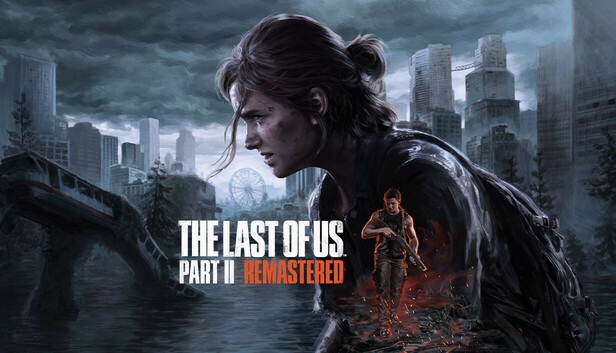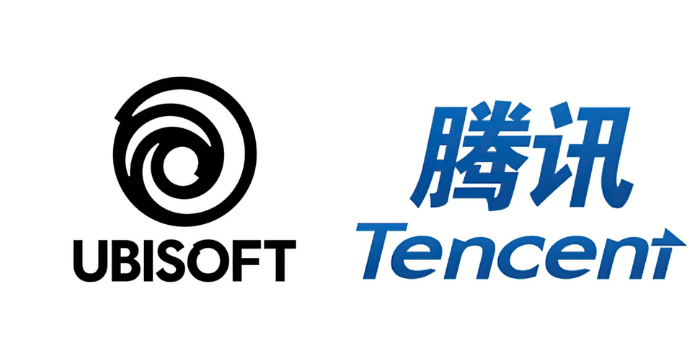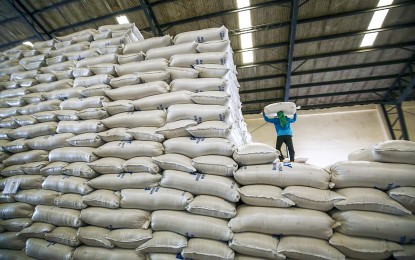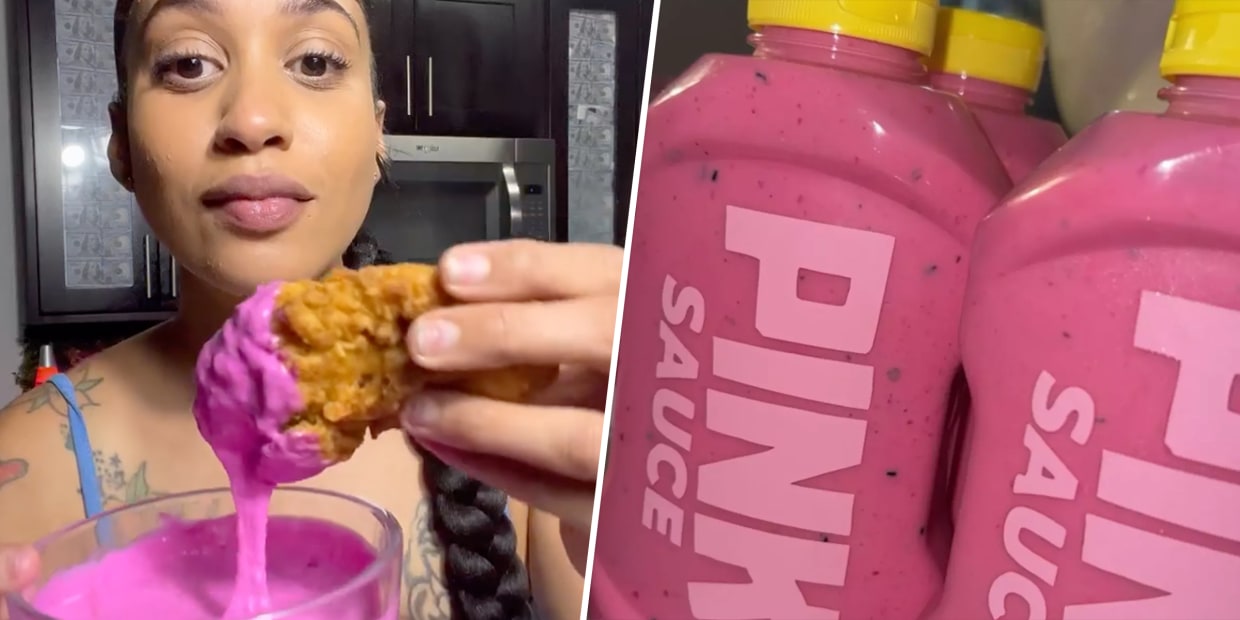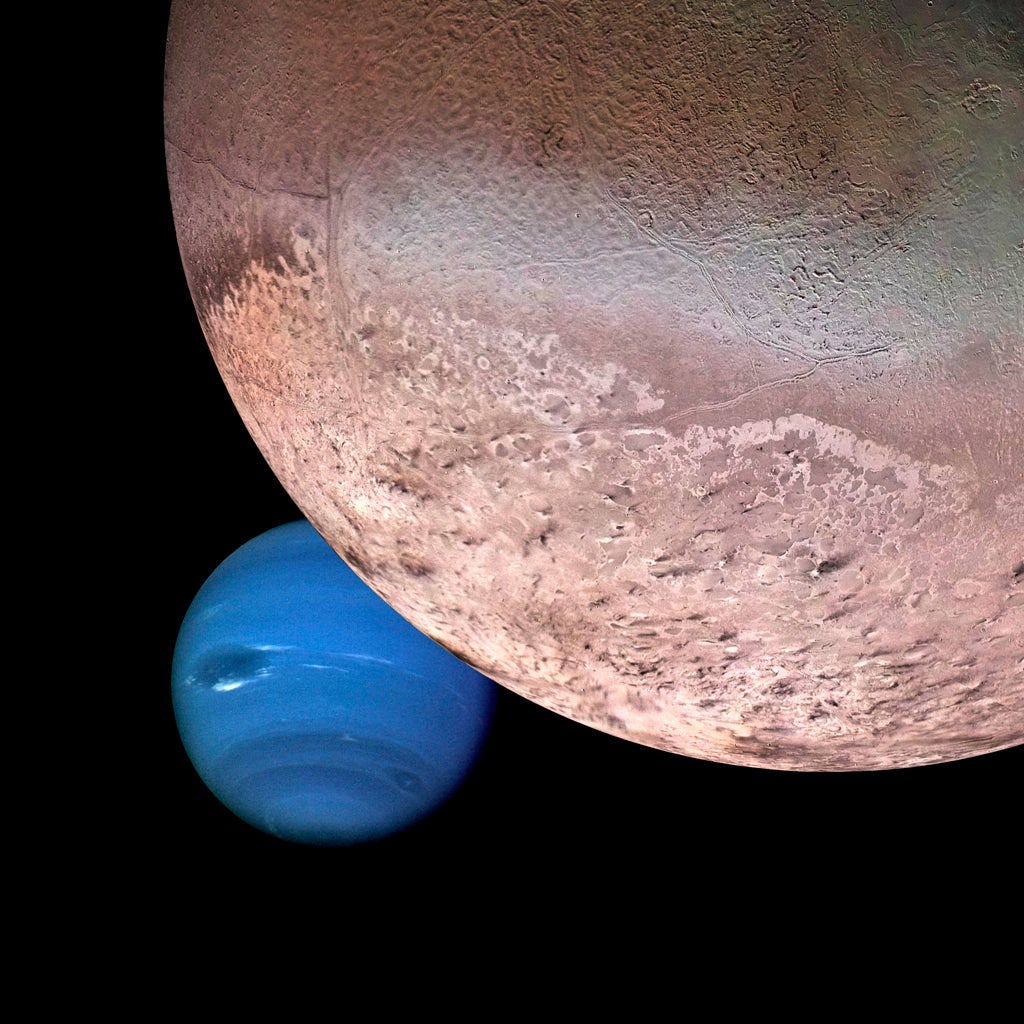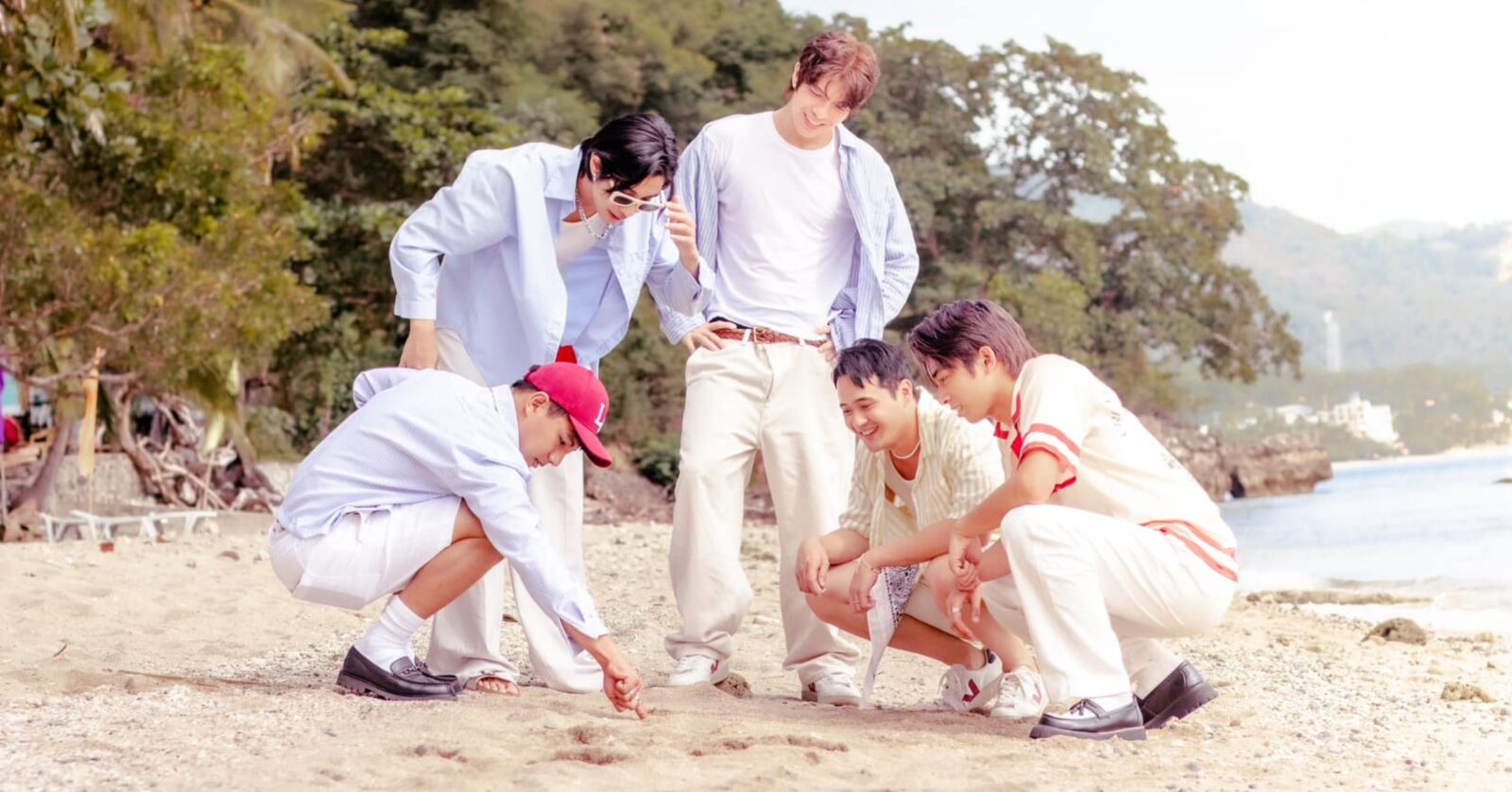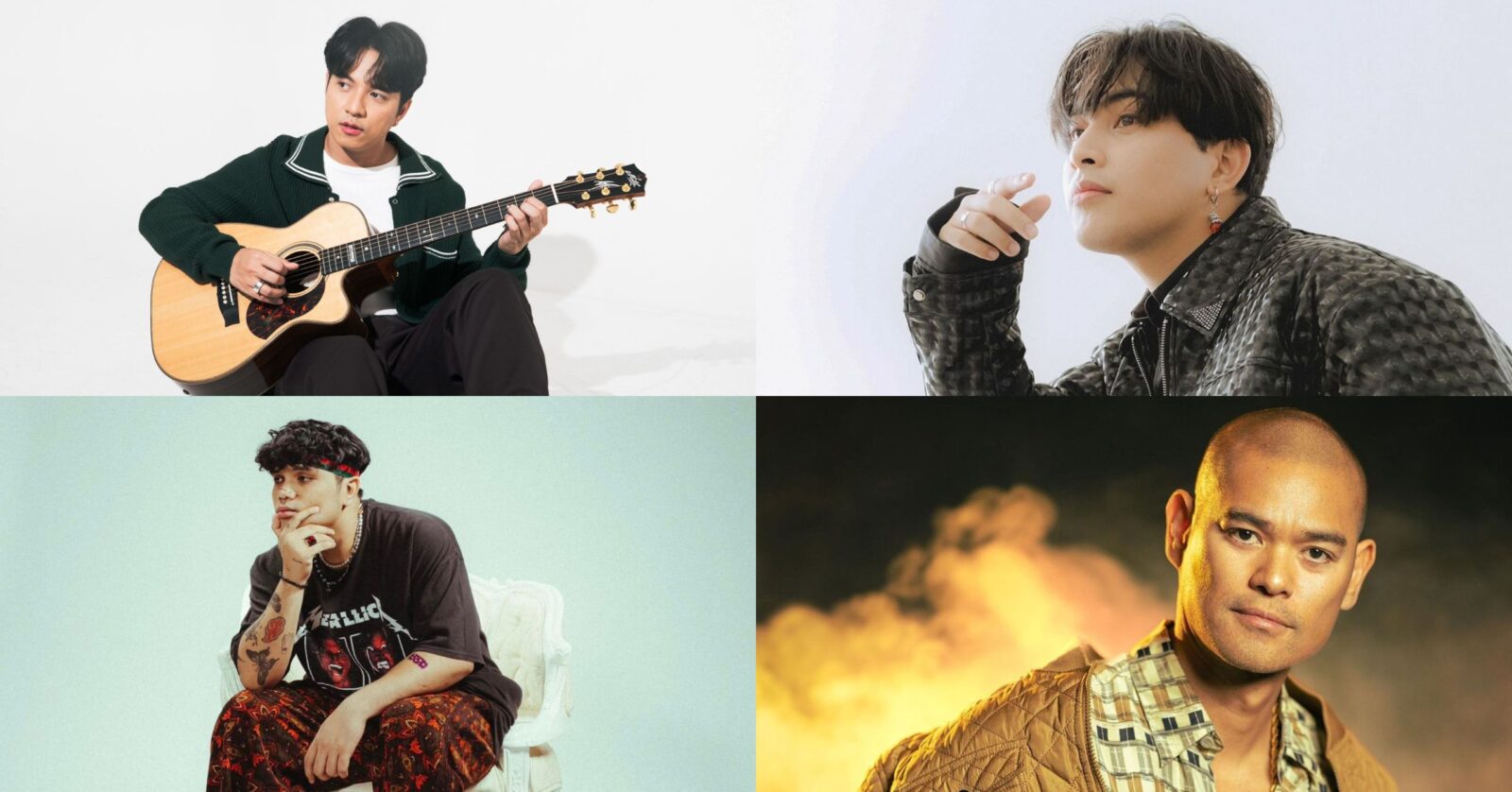AI Art: A Threat to Artists
AI-generated art has become a challenge for human artists, as companies opt for cost-saving AI tools instead of hiring creators
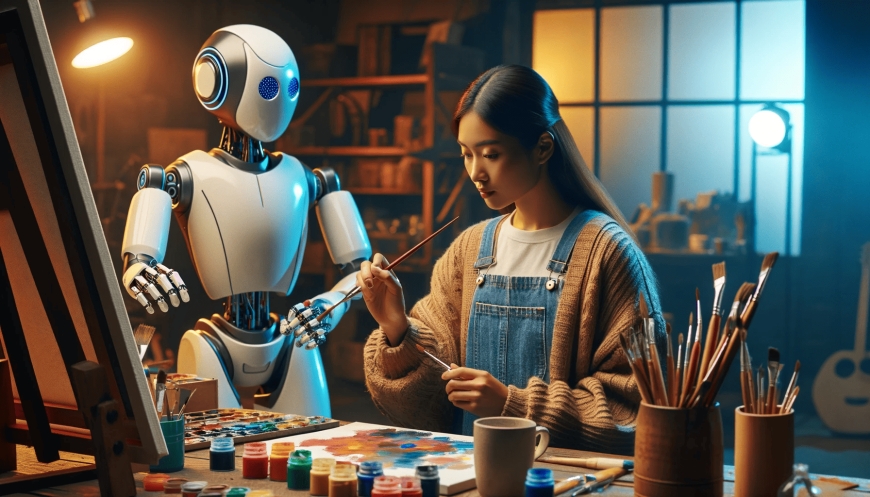
The Rise of AI-Generated Art: A Challenge to Creativity and Authenticity
Artificial Intelligence (AI) has rapidly established itself as a powerful tool across various domains, with its influence extending into the realm of creative expression. From generating hyper-realistic videos and images to producing intricate pieces of art, AI has transformed how content is created and consumed on the internet. While these advancements have opened up new possibilities, they have also introduced significant challenges for human artists, sparking debates about the impact of AI-generated art on creativity, authenticity, and the value of human labor.
AI as a Cost-Cutting Tool in the Creative Industry
One of the most notable shifts brought about by AI is its increasing use by companies seeking to reduce costs. AI-generated artwork can be produced quickly and efficiently, often at a fraction of the cost of hiring a human creator. As a result, many businesses have turned to AI as a more economical alternative, bypassing traditional artists in favor of machine-made designs.
While this trend benefits companies from a financial standpoint, it has left many artists feeling marginalized and undervalued. The creative process, which often involves years of practice, skill, and emotional investment, is difficult to replicate authentically with AI. Yet, the widespread adoption of AI-generated art has created an environment where human contributions are overshadowed by the convenience and efficiency of automated tools.
The Ethical Dilemma of AI-Generated Art
Beyond the economic implications, the rise of AI-generated art raises profound ethical questions. One of the most contentious issues is the practice of individuals passing off AI-generated work as their own. In many cases, these works receive more recognition and accolades than those created by real artists, further exacerbating frustration within the creative community.
Adding to this concern is the tendency of AI prompts to replicate the distinctive styles of established artists. By analyzing existing works, AI systems can produce pieces that closely mimic a particular artist’s signature style. While this capability showcases the technical sophistication of AI, it also blurs the line between inspiration and imitation, leading to potential copyright violations and ethical disputes.
The Negative Impact on Artistic Labor
The misuse of AI in art has had a noticeable negative impact on human creators. For many artists, the process of crafting a piece is deeply personal—a form of self-expression that embodies their unique vision and imagination. When AI-generated works are treated as equivalent to human creations, it undermines the value of the human experience and effort behind the art.
Additionally, the replication of existing styles by AI systems can discourage originality and innovation in the art world. If companies and consumers increasingly rely on AI to produce familiar and marketable designs, the space for experimental and groundbreaking art may shrink, limiting the scope of artistic exploration.
AI as a Tool for Inspiration, Not Replacement
Despite these challenges, it is important to recognize that AI does not have to be viewed solely as a threat to creativity. When used responsibly, AI has the potential to serve as a source of inspiration and a tool for enhancing artistic processes. For instance, artists can use AI to generate ideas, experiment with new styles, or streamline repetitive tasks, allowing them to focus on the more conceptual and emotional aspects of their work.
The key lies in striking a balance between leveraging AI as a supportive tool and preserving the integrity of human creativity. By acknowledging and respecting the contributions of human artists, the creative industry can ensure that technology enhances, rather than replaces, the artistic process.
The Unique Power of Human Creativity
No matter how advanced AI becomes, there is one thing it will never be able to replicate: the depth of imagination and emotional resonance that only a human artist can provide. Art, at its core, is a reflection of the human experience—a medium through which individuals express their emotions, stories, and perspectives.
While AI can imitate form and technique with remarkable accuracy, it lacks the intrinsic connection to humanity that gives art its meaning. This distinction underscores the enduring importance of human creativity in a world increasingly shaped by technology.
Navigating the Future of Art and AI
As AI continues to evolve, the creative community faces the challenge of navigating its impact on art. To protect the integrity of human expression, it is essential to establish ethical guidelines for the use of AI in artistic endeavors. These guidelines should address issues such as copyright, attribution, and the ethical limits of AI-generated work.
Ultimately, the future of art lies in finding harmony between technology and humanity. By embracing AI as a tool for innovation while upholding the values of creativity and authenticity, the art world can adapt to the changing landscape without losing sight of what makes art truly special: the human touch.
What's Your Reaction?








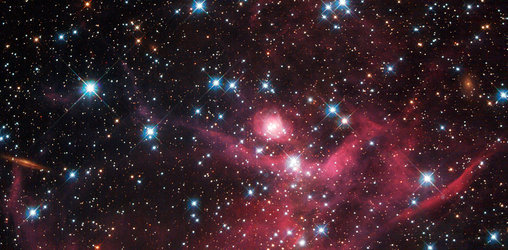


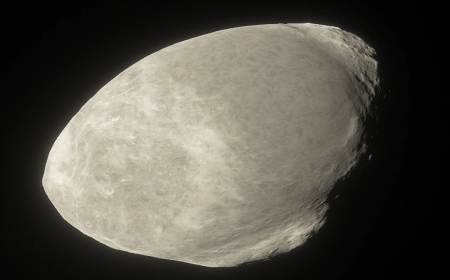
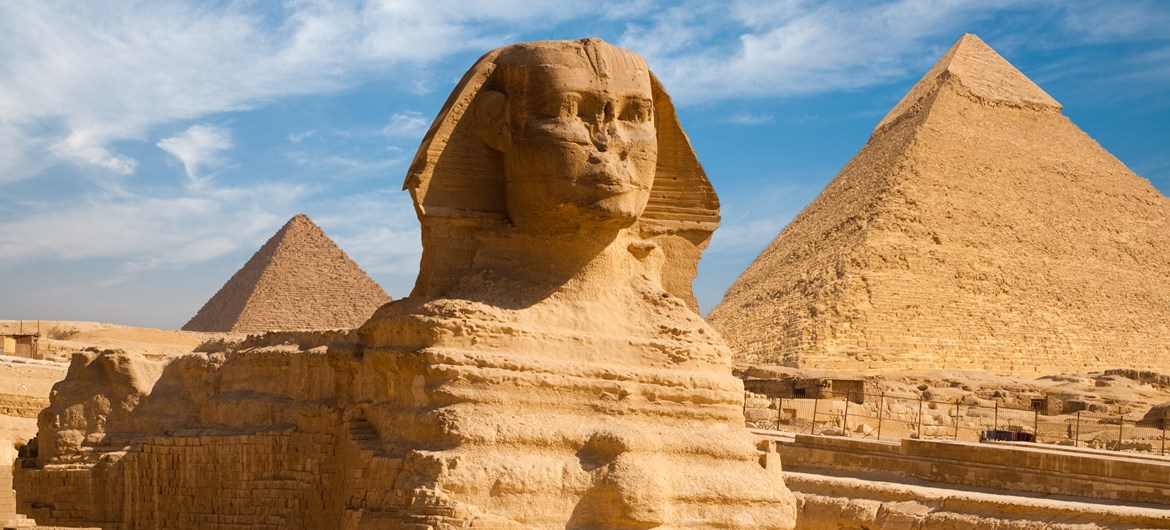
/https://tf-cmsv2-smithsonianmag-media.s3.amazonaws.com/filer_public/54/66/546650fa-26a4-40fd-8d6d-5a7a04540f81/rosetta2.png)

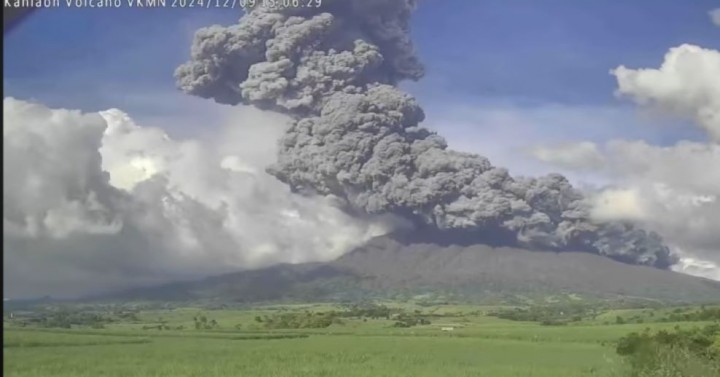


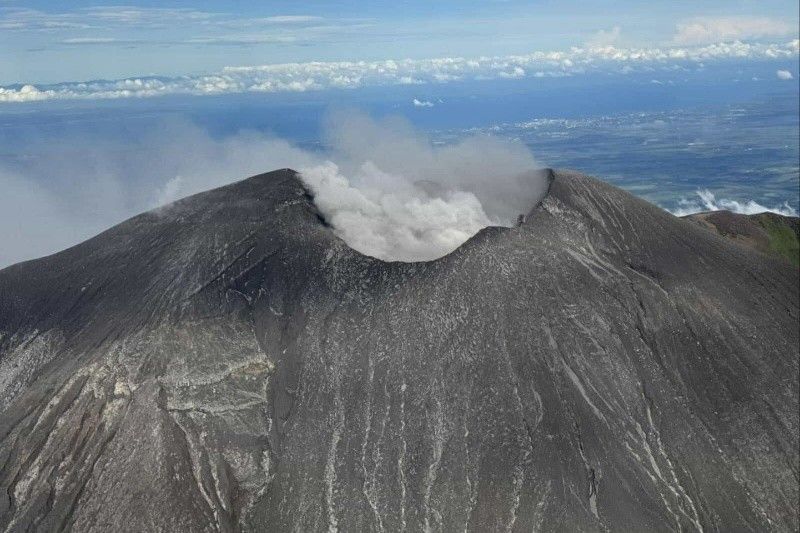





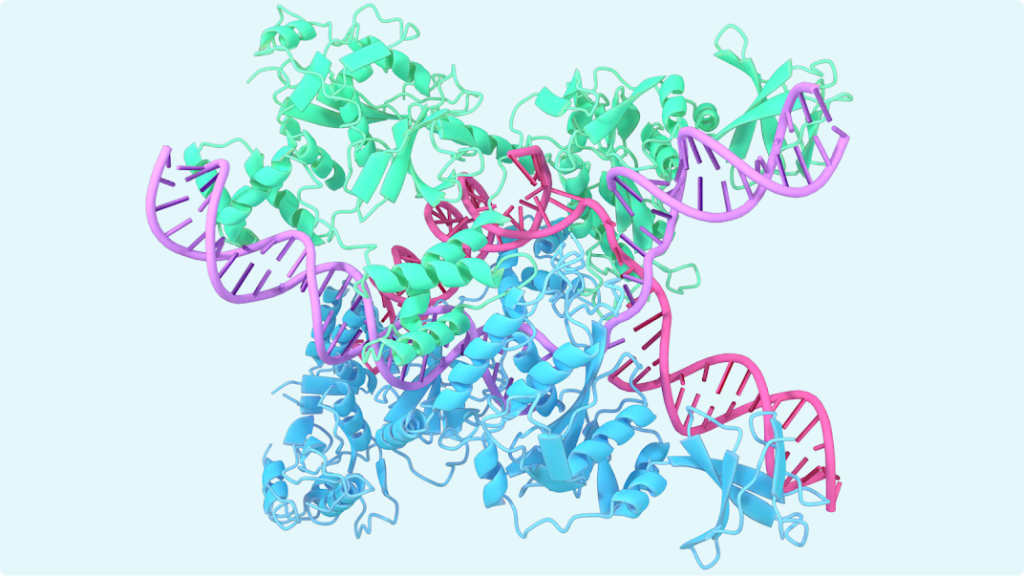


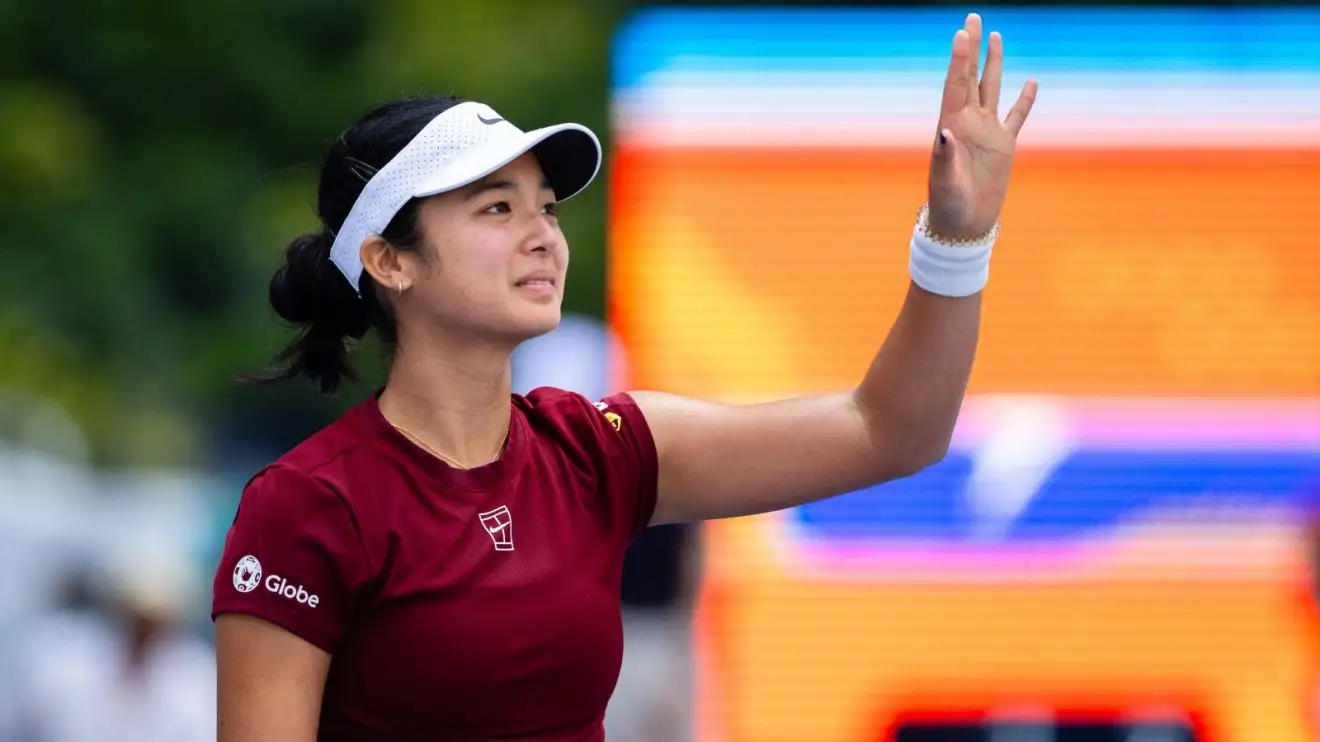










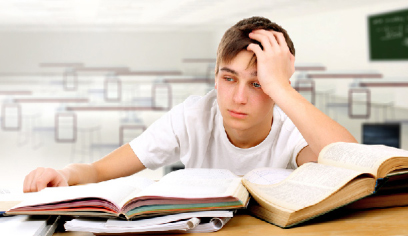


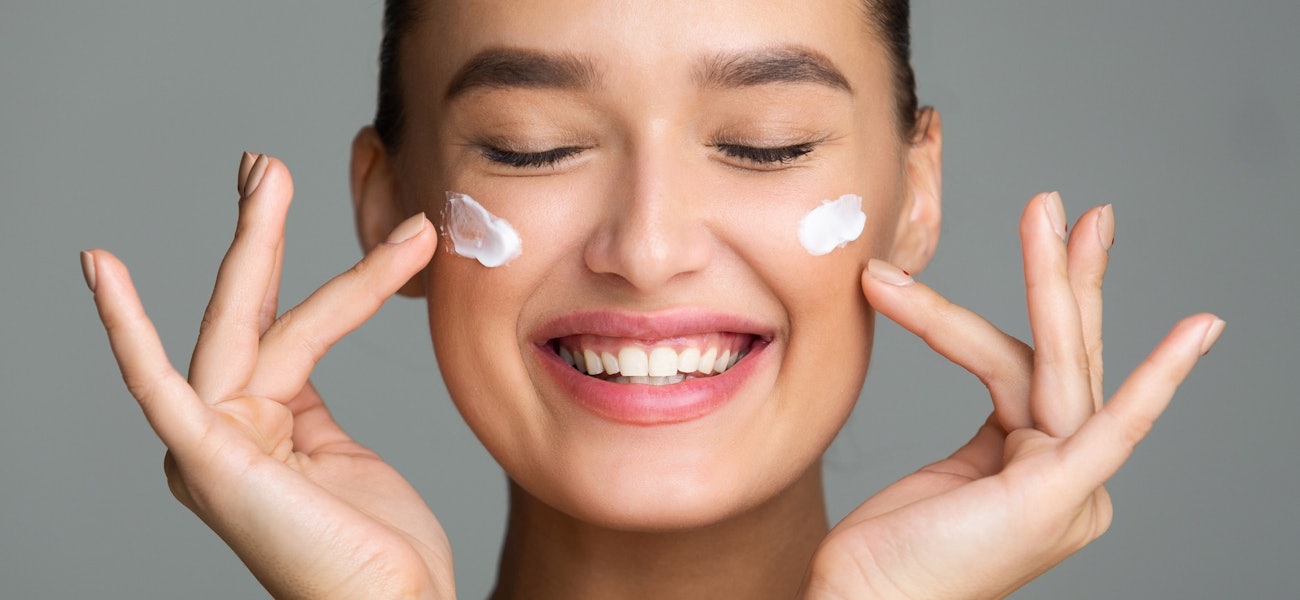




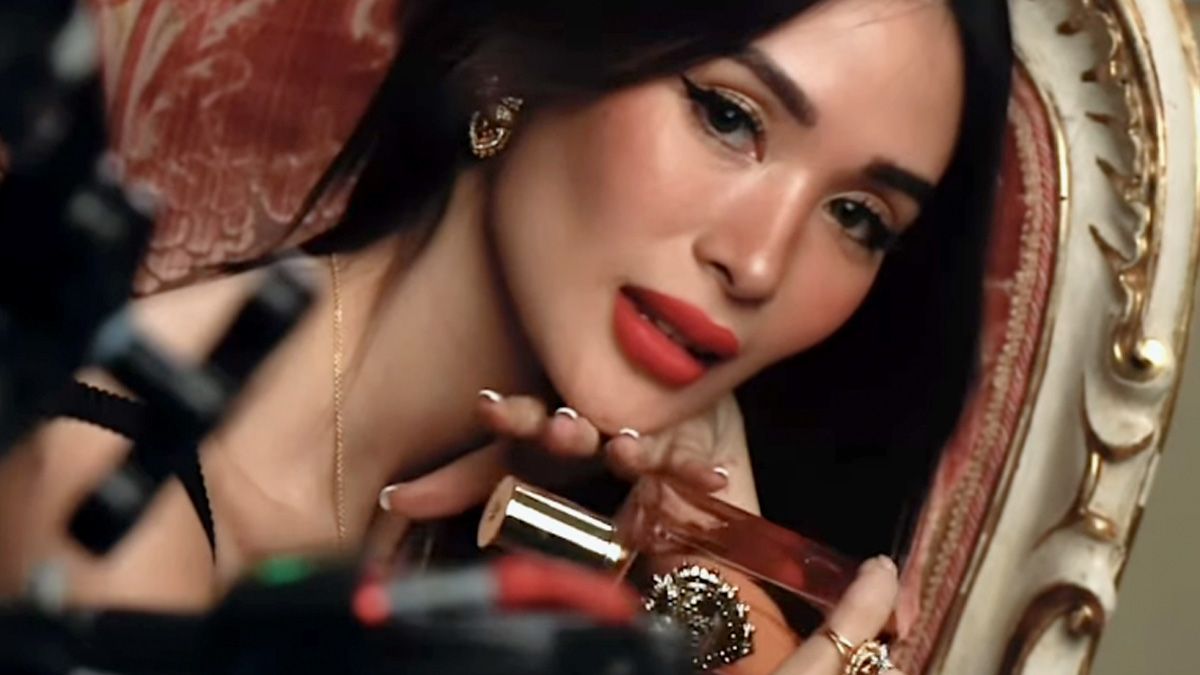


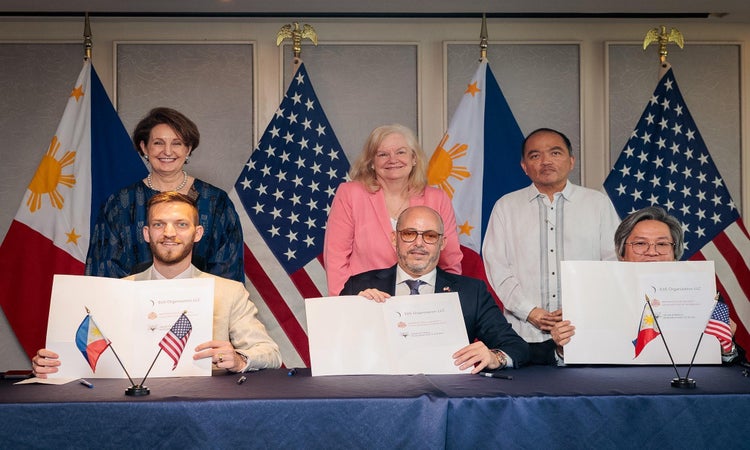
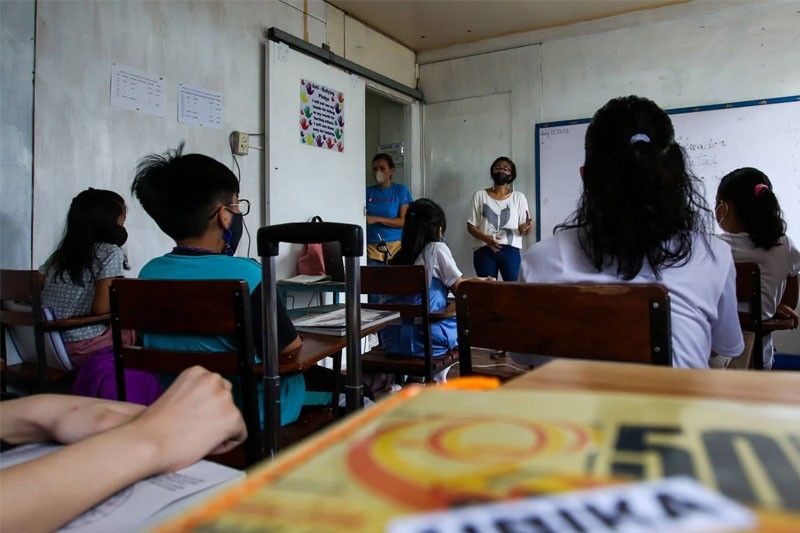
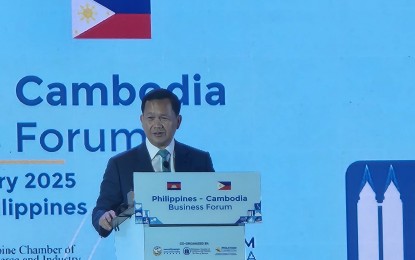



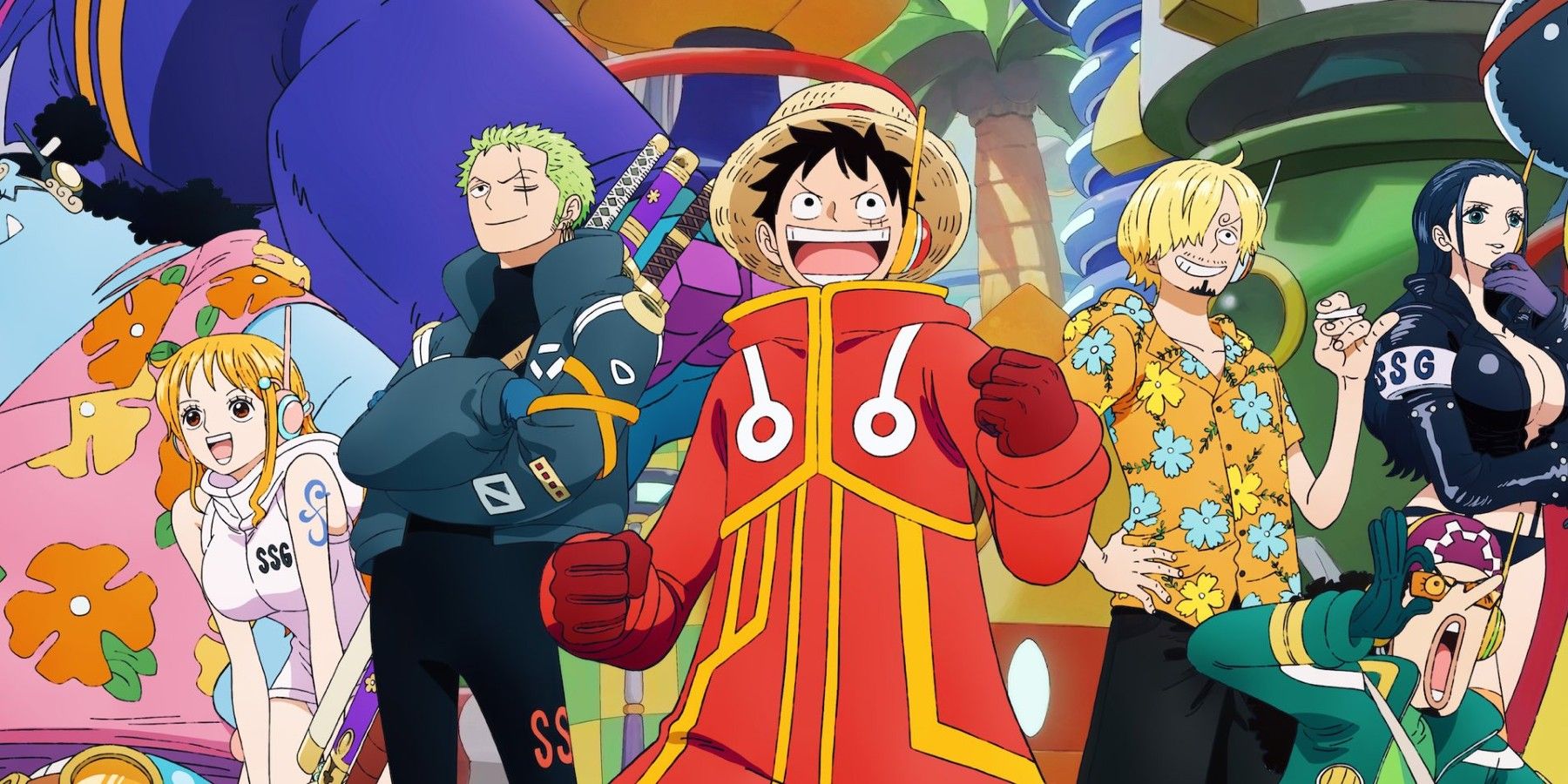

.jpg)



format(webp))
format(webp))



